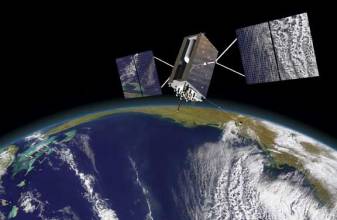Farm Vehicle Automation
 Francisco Rovira-Más, Agricultural Robotics Laboratory, Universidad Politécnica de Valencia
Francisco Rovira-Más, Agricultural Robotics Laboratory, Universidad Politécnica de ValenciaNow that we have had GNSS-driven precision in the fields for nearly 20 years, with widespread and growing acceptance by farm vehicle manufacturers and farmers, what lies ahead for precision agriculture?
By Inside GNSS

















